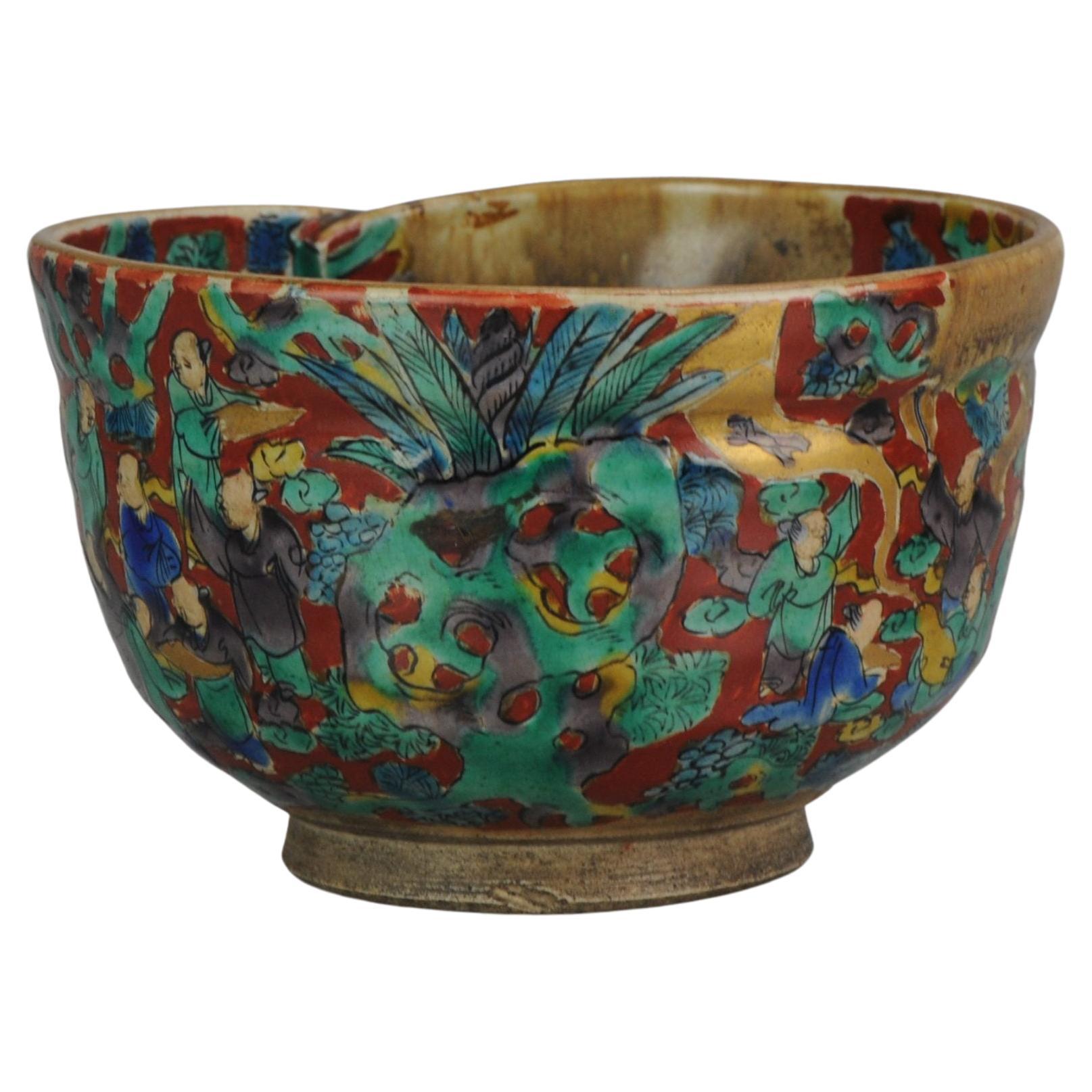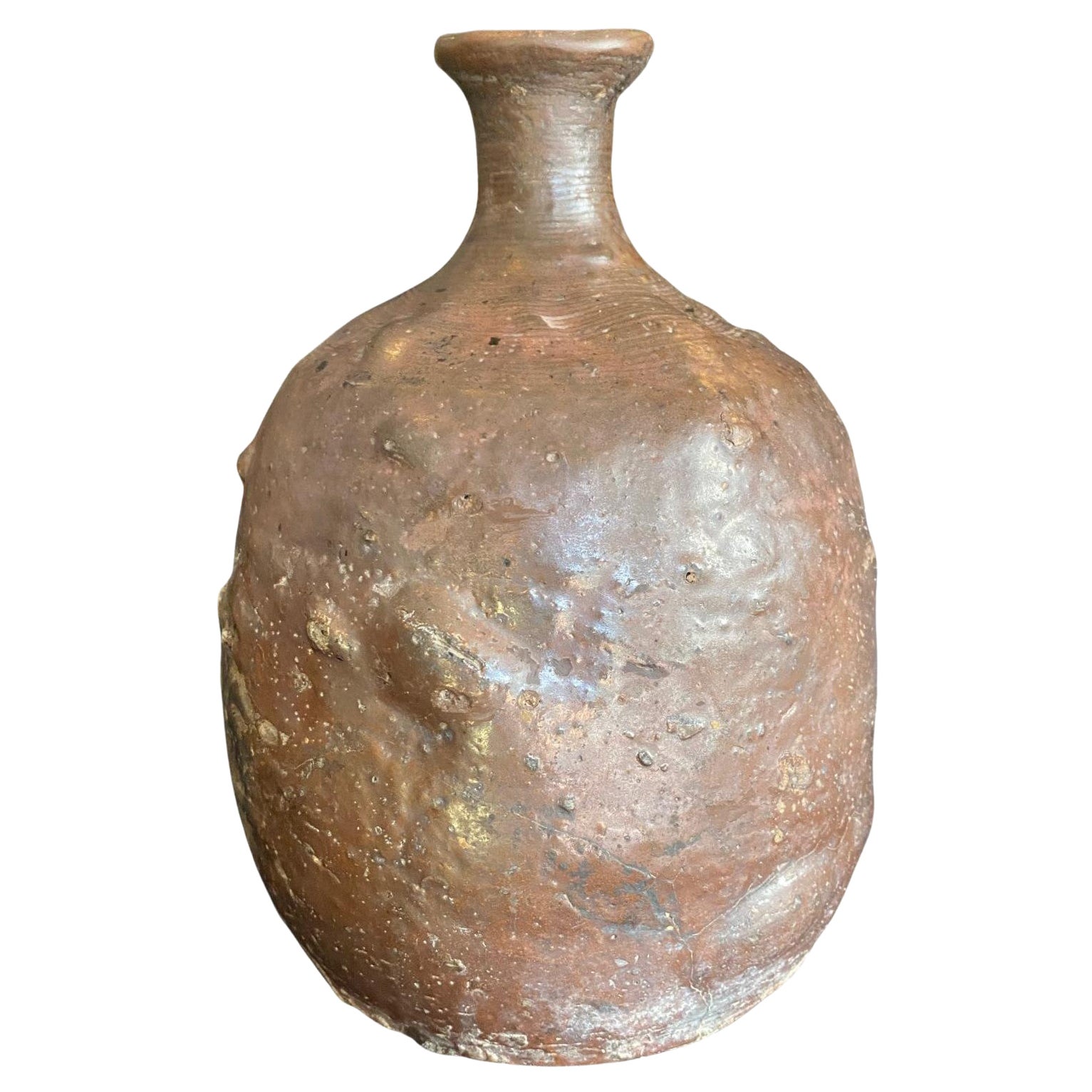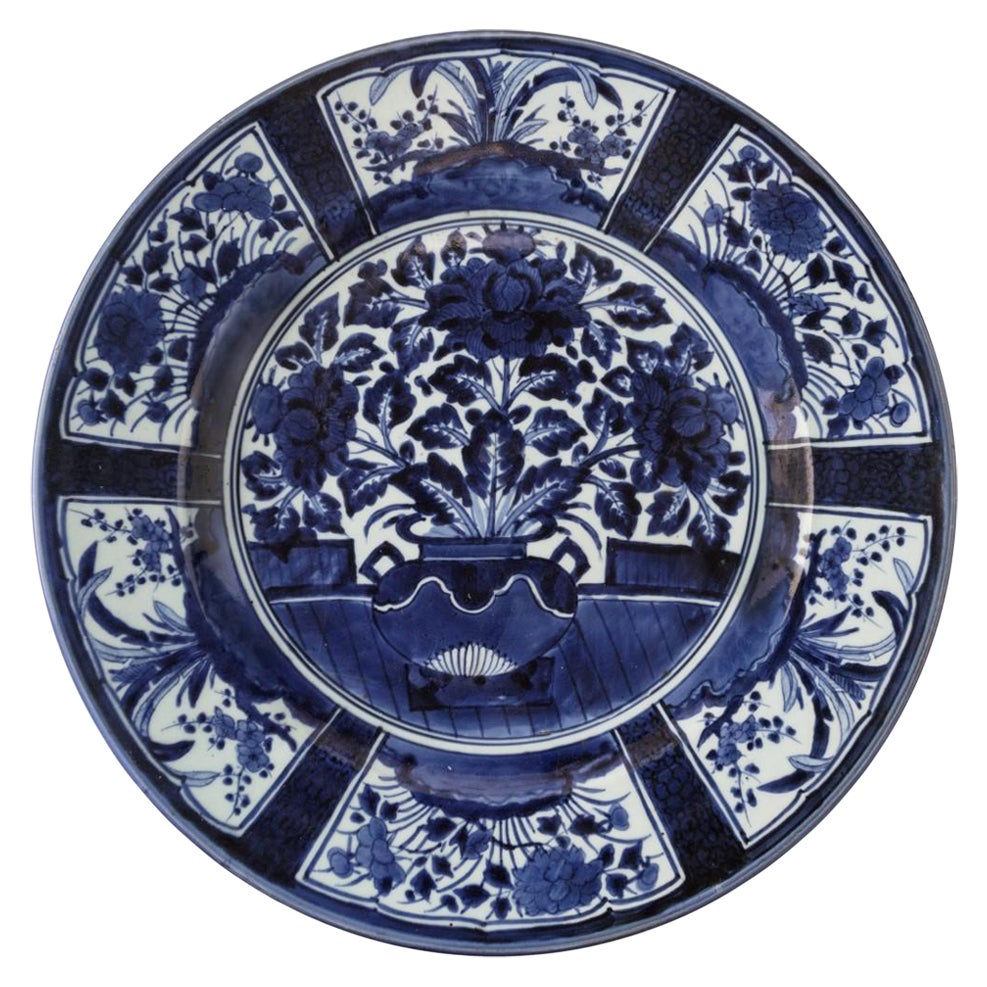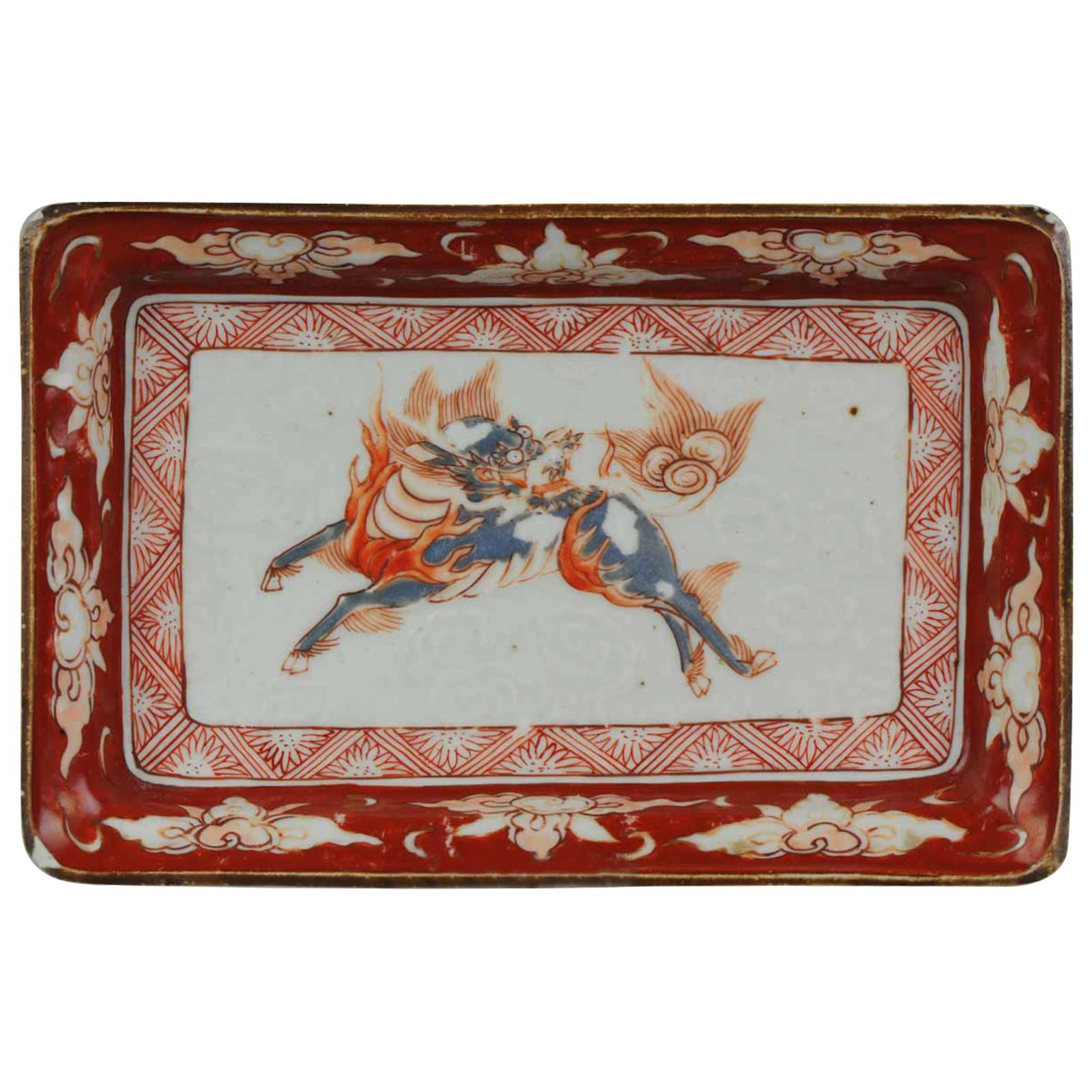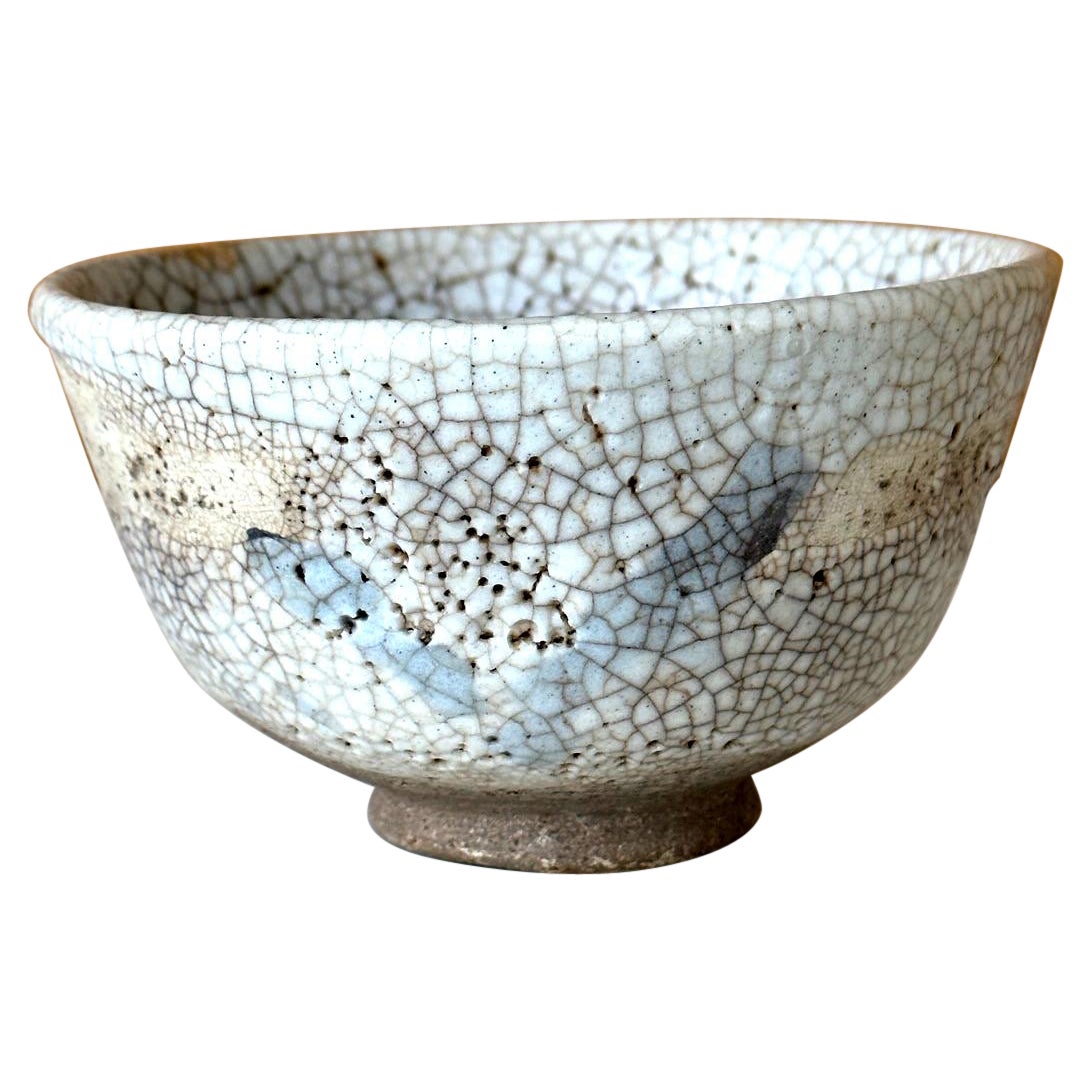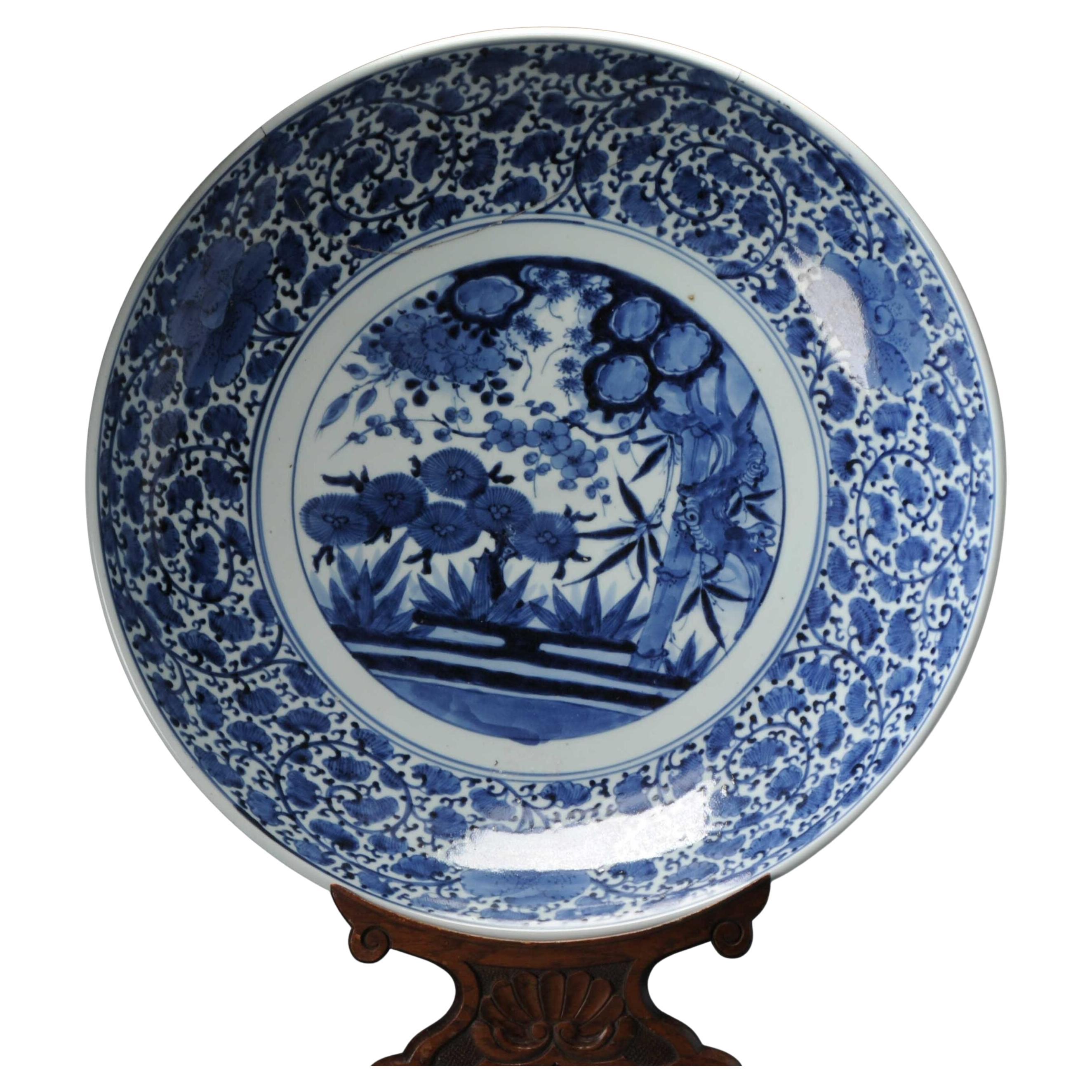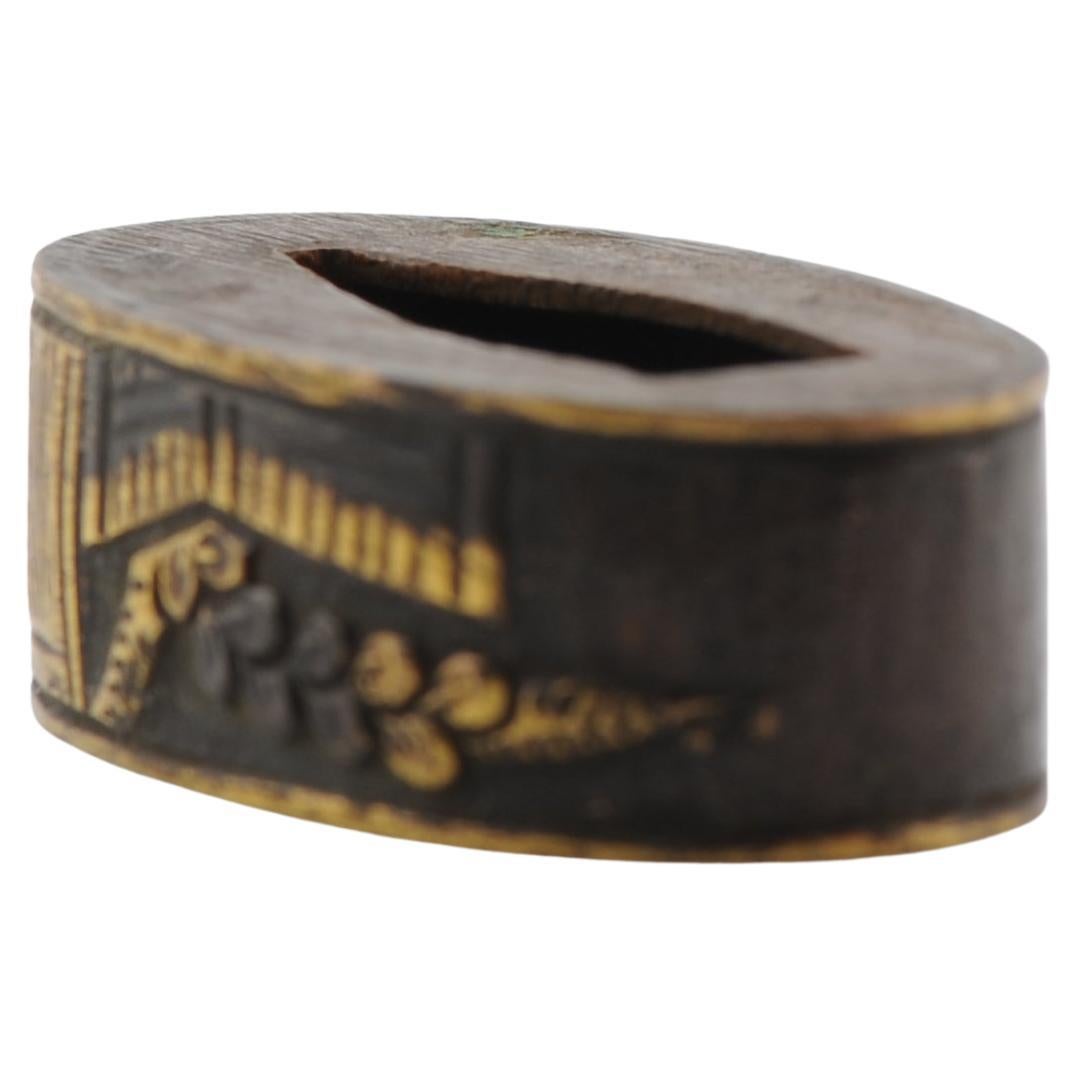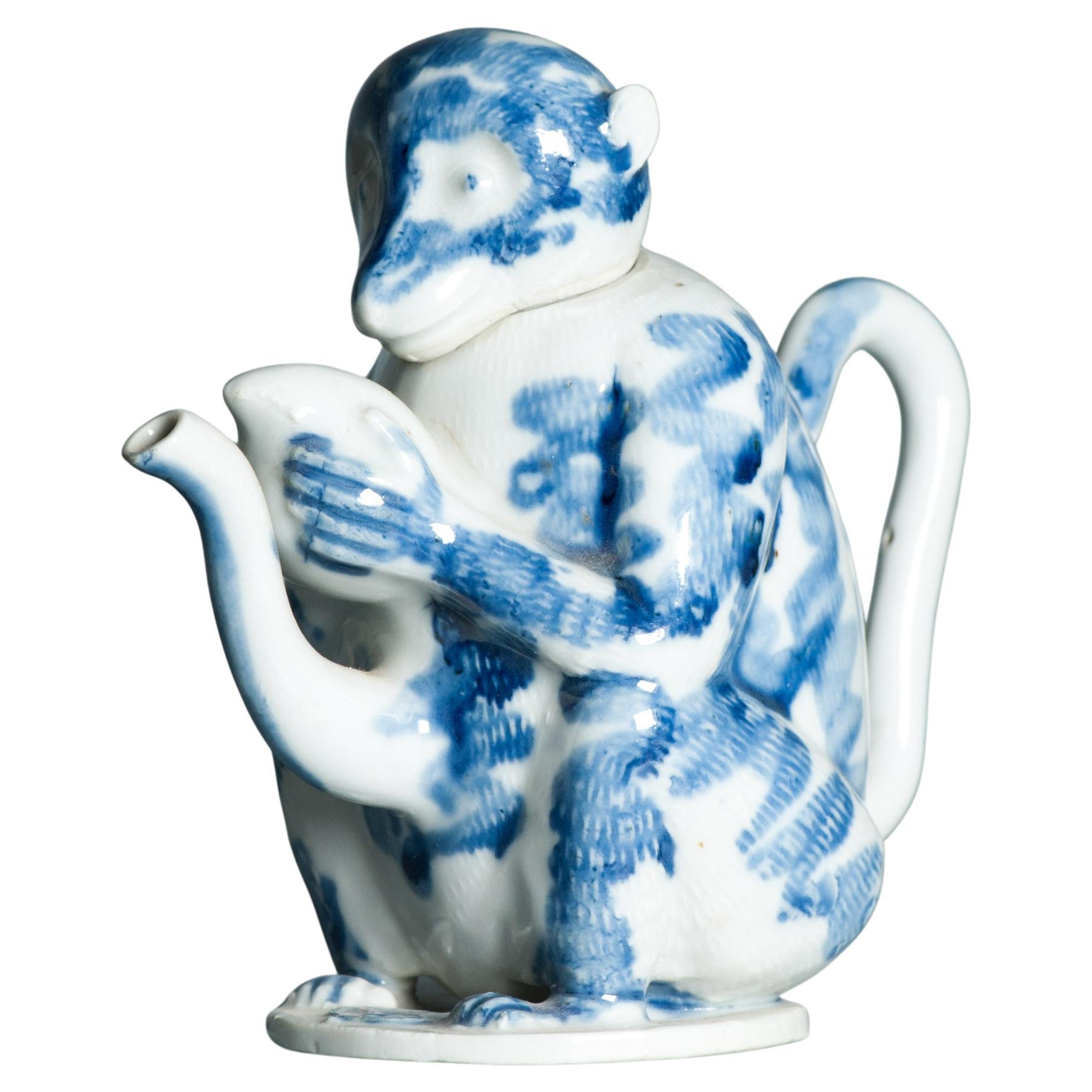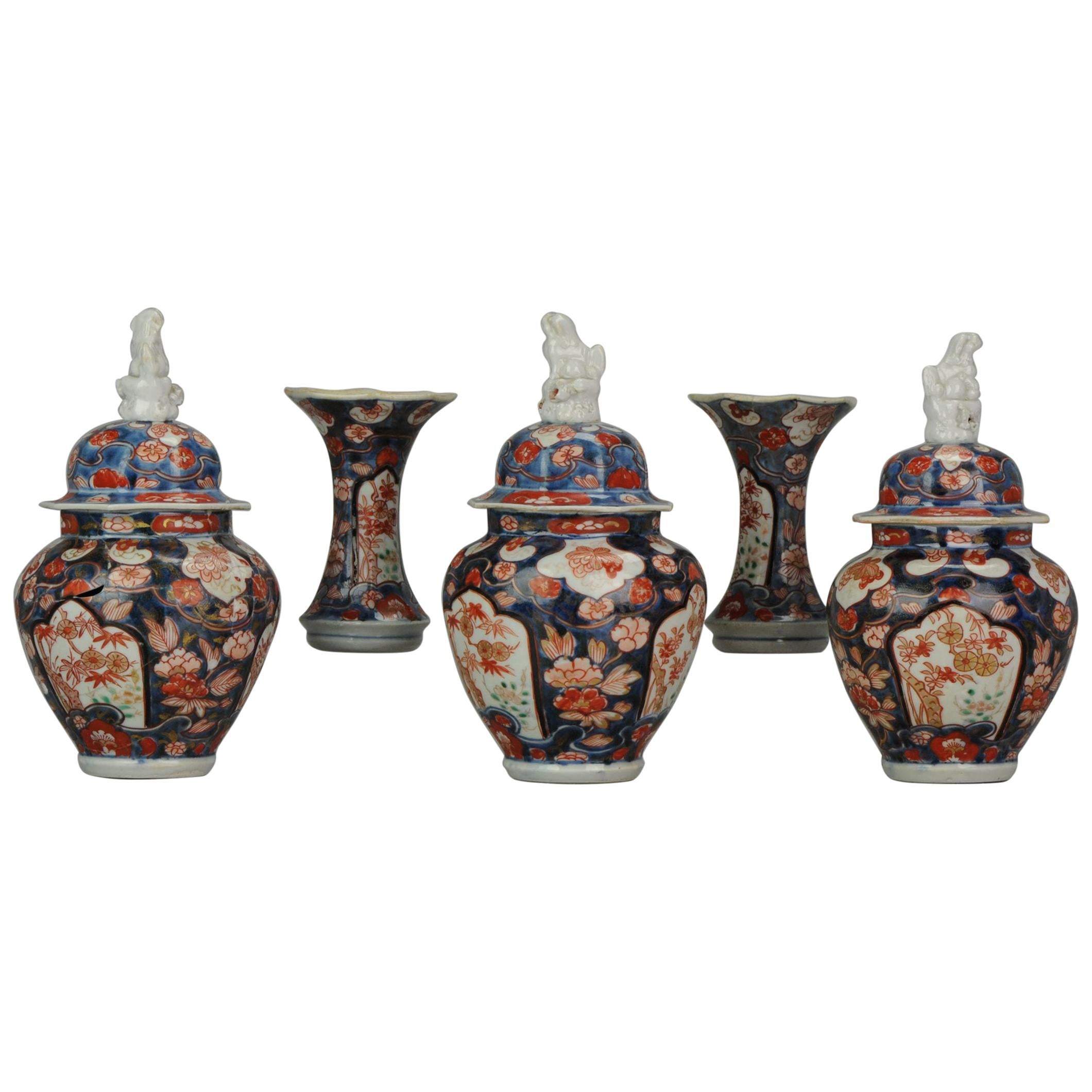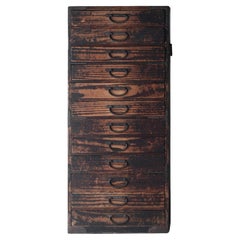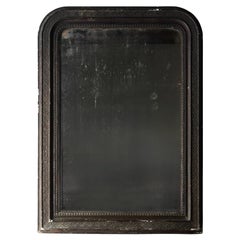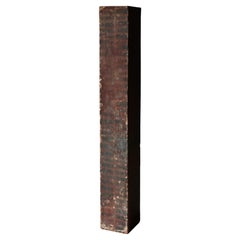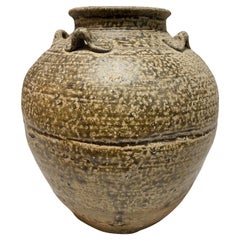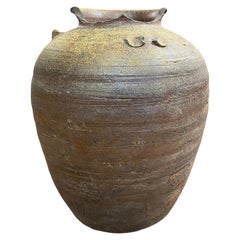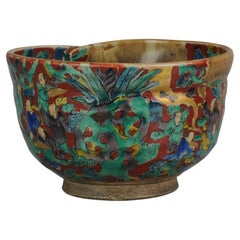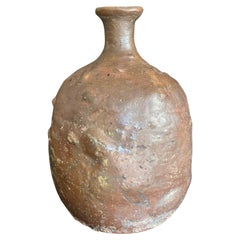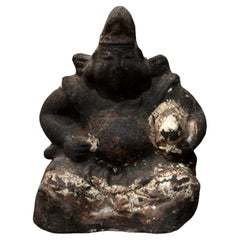
Ebisu Statue / Japanese Antique / Earthen Doll / Edo Period Wabi-sabi
View Similar Items
Want more images or videos?
Request additional images or videos from the seller
1 of 10
Ebisu Statue / Japanese Antique / Earthen Doll / Edo Period Wabi-sabi
Price:$400
About the Item
- Dimensions:Height: 4.73 in (12 cm)Width: 3.94 in (10 cm)Depth: 2.37 in (6 cm)
- Style:Edo (Of the Period)
- Materials and Techniques:
- Place of Origin:
- Period:
- Date of Manufacture:Circa1700-1900
- Condition:Wear consistent with age and use.
- Seller Location:Iwate-gun Shizukuishi-cho, JP
- Reference Number:1stDibs: LU9601237977362
About the Seller
5.0
Platinum Seller
Premium sellers with a 4.7+ rating and 24-hour response times
Established in 2020
1stDibs seller since 2023
84 sales on 1stDibs
Typical response time: 1 hour
Authenticity Guarantee
In the unlikely event there’s an issue with an item’s authenticity, contact us within 1 year for a full refund. DetailsMoney-Back Guarantee
If your item is not as described, is damaged in transit, or does not arrive, contact us within 7 days for a full refund. Details24-Hour Cancellation
You have a 24-hour grace period in which to reconsider your purchase, with no questions asked.Vetted Professional Sellers
Our world-class sellers must adhere to strict standards for service and quality, maintaining the integrity of our listings.Price-Match Guarantee
If you find that a seller listed the same item for a lower price elsewhere, we’ll match it.Trusted Global Delivery
Our best-in-class carrier network provides specialized shipping options worldwide, including custom delivery.More From This Seller
View AllJapanese Antique Drawer / Tansu Storage / Meiji Period Wabi-Sabi
Located in Iwate-gun Shizukuishi-cho, Iwate Prefecture
This is an old Japanese drawer.
It seems to be around the Meiji period (1868-1912s).
It is made of cedar, and the front of the drawer peels off the paint due to friction due to agi...
Category
Antique Late 19th Century Japanese Meiji Commodes and Chests of Drawers
Materials
Iron
$1,040 Sale Price
48% Off
Japanese Antique Wall Mirror / Meiji Period 1908s Wabi-sabi
Located in Iwate-gun Shizukuishi-cho, Iwate Prefecture
This is an old Japanese-made black mirror.
The back is inscribed with the date "Meiji 41," indicating it was made around 1908, dating back to the Meiji period. It was likely used in...
Category
Antique Early 1900s Japanese Meiji Wall Mirrors
Materials
Cedar, Mirror, Plaster
Japanese Antique Tansu / Drawer Cabinet / 1875s Meiji Period / Wabi-Sabi Mingei
Located in Iwate-gun Shizukuishi-cho, Iwate Prefecture
This is an old Japanese cabinet.
It is believed that it was used in the Tohoku region of Japan, and the material is made of cedar.
On the back, there is a trace of "Meiji 8" writte...
Category
Antique 1870s Japanese Meiji Cabinets
Materials
Iron
Japanese Antique Exhibition Stand / Sword Case / 1800-1868s / Wabi-sabi
Located in Iwate-gun Shizukuishi-cho, Iwate Prefecture
This is an old drawer for storing Japanese swords originally called "Katanatansu".
It is thought to be from around the Edo period.
Cedar is used for the material, and a large numbe...
Category
Antique Mid-19th Century Japanese Edo Antiquities
Materials
Wood, Paper, Cedar
Japanese Antique Kuruma Nagamochi / Storage Sideboard / 1800-1860s Wabi-sabi
Located in Iwate-gun Shizukuishi-cho, Iwate Prefecture
This is a storage piece of furniture that has been used in Japan since ancient times, and is called "Kuruma Nagamochi".
The main materials used are Zelkova and cedar, and they were u...
Category
Antique 19th Century Japanese Edo Sideboards
Materials
Iron
Japanese Antique Bamboo Door / Wall Decoration / 1868-1912s / Wabi-Sabi
Located in Iwate-gun Shizukuishi-cho, Iwate Prefecture
This is a wall decoration using an old Japanese door.
It is thought to date from the Edo to Meiji period.
Originally it was a very heavy door with earth and plaster on the surface,...
Category
Antique Mid-19th Century Japanese Edo Decorative Art
Materials
Iron
You May Also Like
Japanese Antique Edo Wabi-Sabi Shigaraki Tamba Tanba Art Pottery Jar Tsubo Vase
Located in Studio City, CA
A beautiful Tamba (Tanba) ware (or Sigaraki ware) Japanese pottery vase/jar/pot - produced sometime during the Edo Period (1603-1867). Tamba-yaki ware is a type of Japanese pottery a...
Category
Antique 18th Century Japanese Edo Ceramics
Materials
Pottery, Stoneware
Japanese Antique Momoyama Edo Bizen Ware Pottery Wabi-Sabi Art Tsubo Jar Vase
Located in Studio City, CA
An absolutely stunning Bizen ware stoneware vase/jar/vessel - produced sometime during the late Momoyama period (1568-1600) / Early Edo Period (1603-1867). Bizen yaki...
Category
Antique 16th Century Japanese Edo Ceramics
Materials
Stoneware
Antique Edo Period Japanese Aoki Mokubei Jar Japan Figures Trees
Located in Amsterdam, Noord Holland
Description
A Japanese Aoki Mokubei Jar. Edo Period. The inside base has a fish between the figures with gilt.
A very powerfull piece and in our opinion most likely authentic by Aoki Mokubei (????)
Mokubei AOKI (1767- July 2, 1833) was a painter and Kyo ware potter during the Edo Period . He was born in Kyoto . His childhood name was Yasoya. His Azana (alias) was Sahei. His pseudonyms included Seibei, Hyakurokusanjin, Kokikan, Teiunro, Kukurin, and Shubei.
Biography
Mokubei was born in 1767, in Kyoto . He studied calligraphy under Fuyo KO at a young age, showing great talent; however, when he found pottery, he opened a studio in Awataguchi, Kyoto at the age of 30 and won fame for his pottery. Five years later, he was invited by the Maeda Family of the Kaga clan, and he made efforts to revive Kaga Kutani ware. As a potter, he mainly produced green-tea sets. His pottery work is varied, including white porcelain, celadon, Akae ware (ceramic with red paintings) and dyed ceramics. As a result of his commitment to Chinese ceramics, he created a world of his own in making copies of Chinese ware...
Category
Antique 19th Century Japanese Edo Ceramics
Materials
Porcelain
$5,737 Sale Price
20% Off
Japanese Antique Edo Meiji Wabi-Sabi Tanba Tamba Art Pottery Vase Jar Pot
Located in Studio City, CA
A beautifully shaped, glazed (a lava crater glaze reminiscent of such modern western potters as Beatrice Wood, Glenn Lukens and Otto and Gertrud Natzler), and complexly textured Tamb...
Category
Antique Late 19th Century Japanese Meiji Ceramics
Materials
Earthenware, Pottery
A Japanese Edo period export porcelain charger
Located in Lymington, Hampshire
A large Arita charger of circular form painted in rich cobalt blue under thick glossy glaze with a central vase of thee peony sprays on a platform, the e...
Category
Antique Early 1700s Japanese Edo Ceramics
Materials
Porcelain
Pair Antique 18th C Japanese Imari Gold Bowl Japan Figure Edo Period
Located in Amsterdam, Noord Holland
Lobed and ribbed bowl with phoenix, flowering plants and floral scrolls. The ribbed wall and lobed edge, painted in overglaze enamels red, green and gold, black and grey/turqoise. Th...
Category
Antique 18th Century Japanese Edo Ceramics
Materials
Porcelain
$1,817 Sale Price
20% Off
Recently Viewed
View AllMore Ways To Browse
Japanese Doll Edo Period
Antique Fishing Rods
Antique Japanese Doll
19th Century Japanese Dolls
Chinese Blanc De Chine
Edo Imari Porcelain
18th Century Chinese Bowl
Japanese Deer
Large Antique Asian Bowl
Seal Box
Qianlong Plate
Canton China Early 19th Century
Edo Period Ceramics
Large Imari Charger
Ming Cobalt
Chinese Rose Canton
Asian Furniture Foo Dogs
Rose Mandarin


